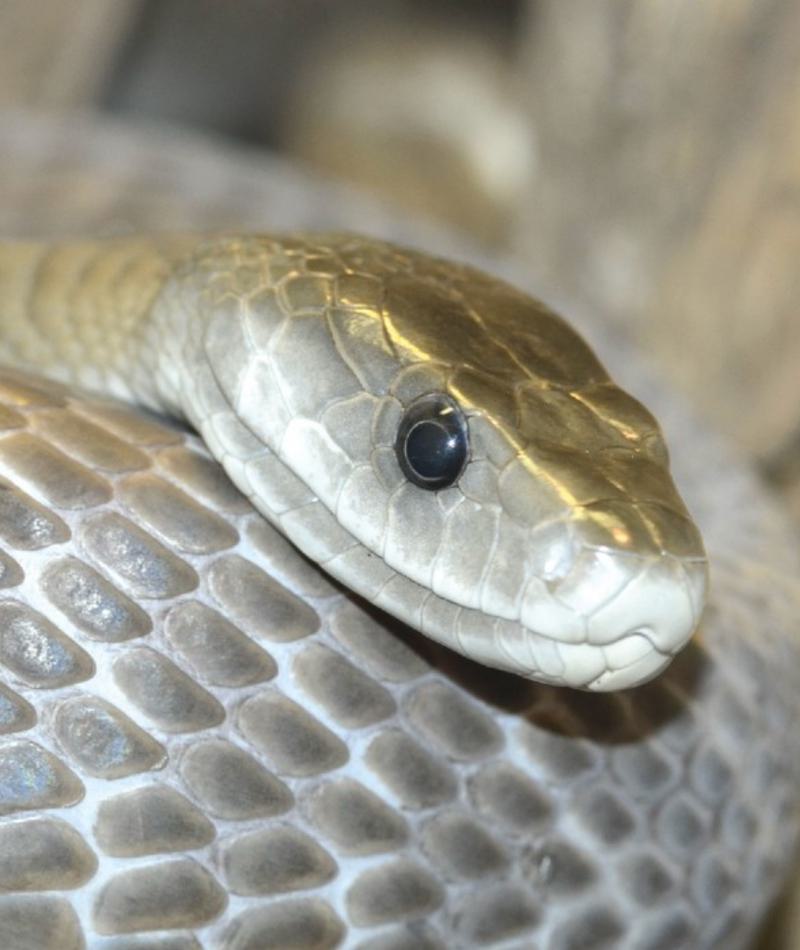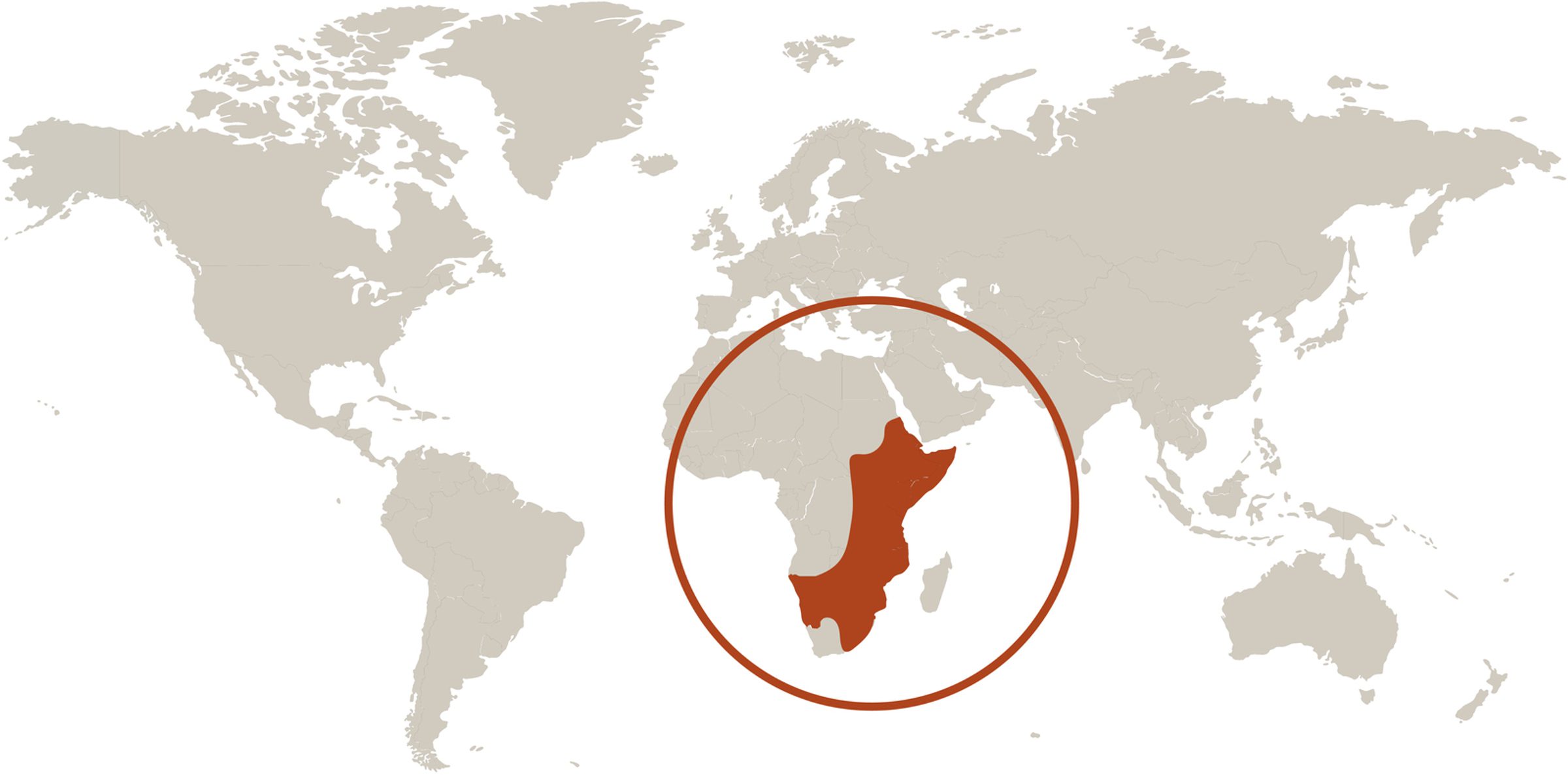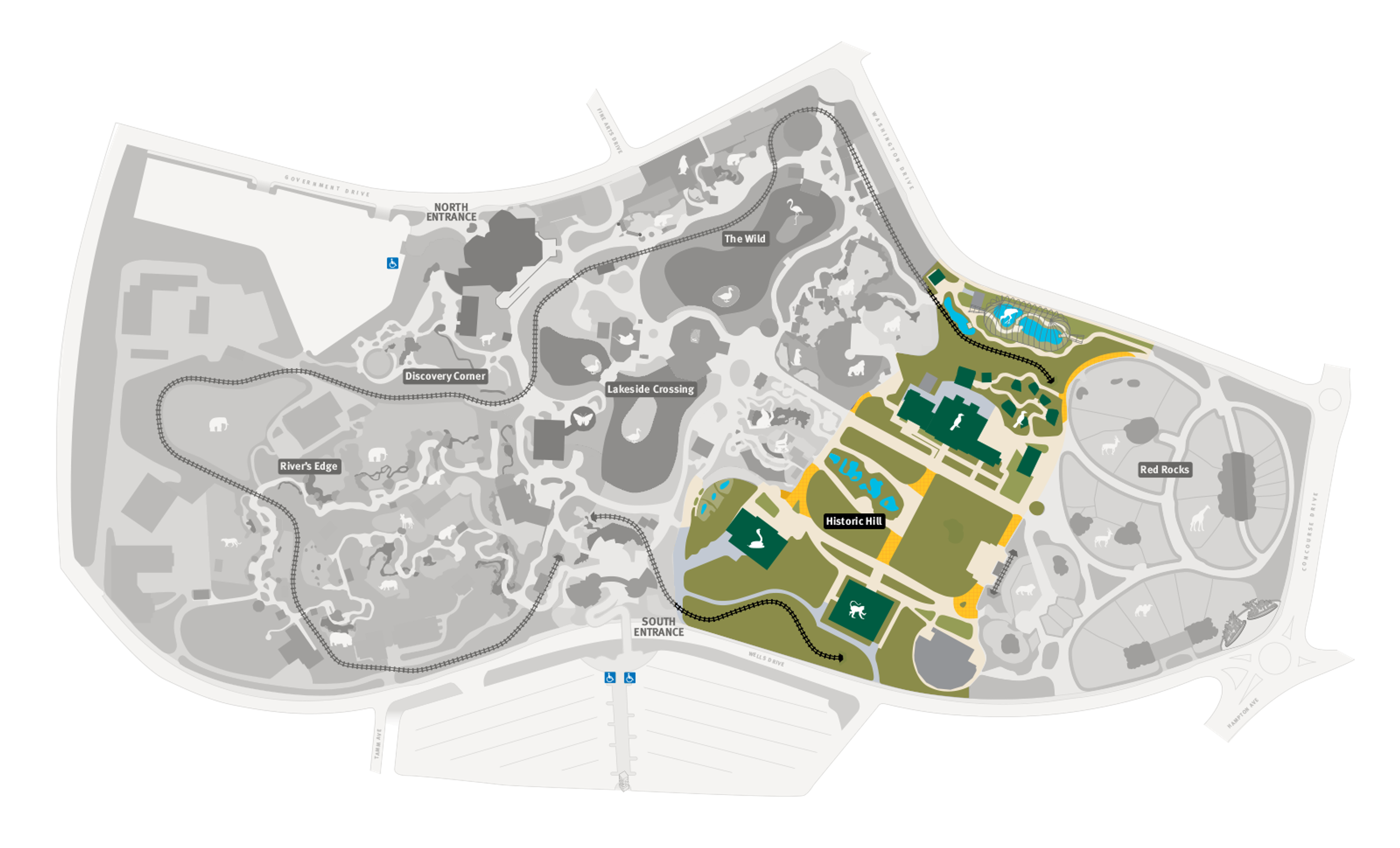
Black Mamba
Dendroaspis polylepis
Did you know?
- Black mambas are part of the Elapidae family, which they share with many other venomous snakes.
- Their name is derived from the dark coloration of its mouth.
- They live in a variety of woods and savannahs in Sub-Sahara Africa.
Adaptations
Black mambas are large, fast, aggressive and highly venomous snakes, making them some of the top predators in the environments in which they live. They reach lengths of about 14 feet (4.2 meters) and can slither 12 miles an hour over short distances. They are able to strike repeatedly, allowing them to inject a significant amount of venom when attacking.
Young and Family
Black mambas mate during warm seasons, and the female will lay around 10 to 25 eggs per clutch. Neither the male nor the female will help raise the young. Instead, the eggs will hatch after an incubation period of about three months. Once hatched, they will fend for themselves.
Threat Level
- Unknown
- Common
- Near Threatened
- Threatened
- Endangered
- Critically Endangered
- Extinct in the Wild
Common
The Black Mamba is widespread and abundant.
Range
Sub-Saharan Africa
Habitat
Dried Savanna, riverine forest, coastal bush, moist and dry savanna, and woodland.

We care about Black Mambas
We support black mambas in the Charles H. Hoessle Herpetarium at the Zoo. Learn more about how we are helping wildlife around the world.
Find this animal in Historic Hill

SAINT LOUIS ZOO ZONE
Historic Hill
Historic Hill is a lovely stroll through one of the oldest parts of the Saint Louis Zoo. From the 1904 World’s Fair Flight Cage to the Spanish architectural flavor of the 1920s in the Bird House, Primate House and Herpetarium to the finishing touches of our thoroughly modern exhibits, this area of the Zoo has a unique ambiance and a nostalgic history that make it a great destination.

